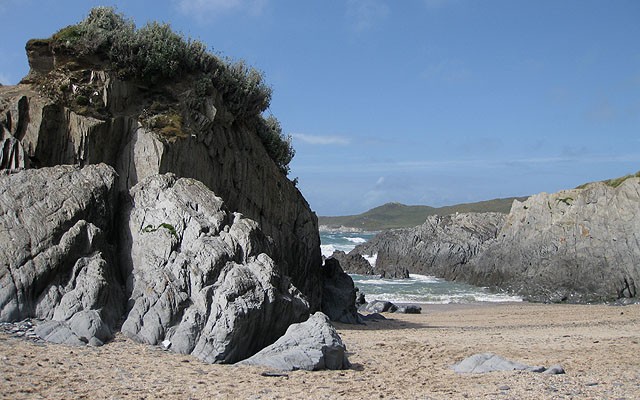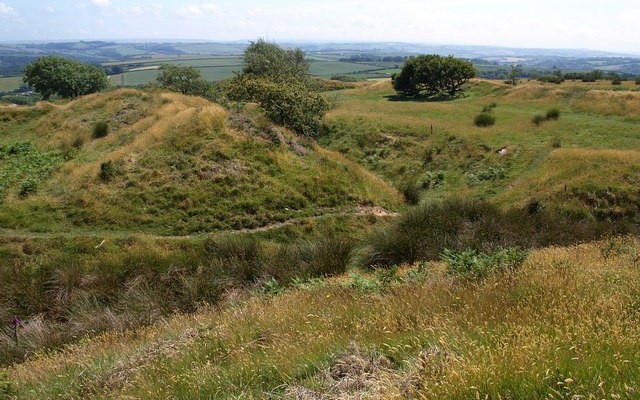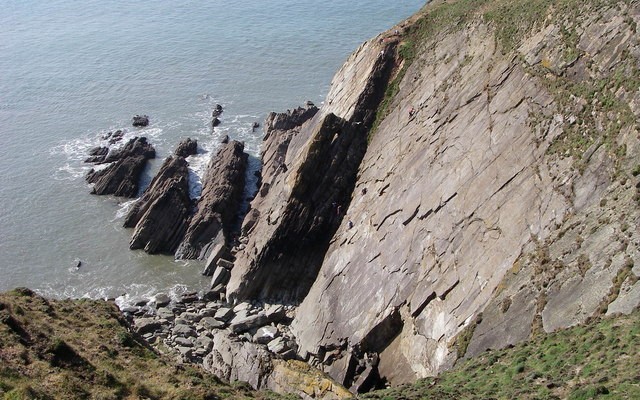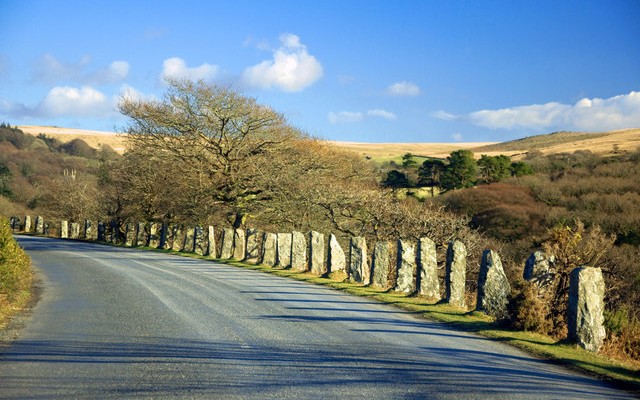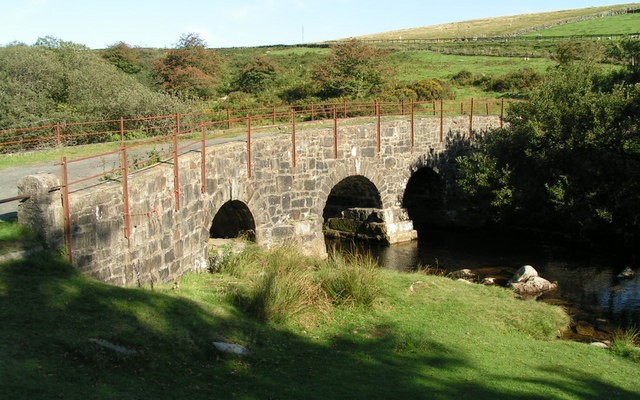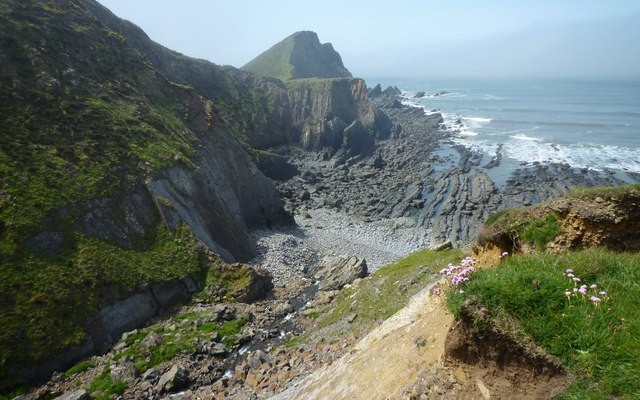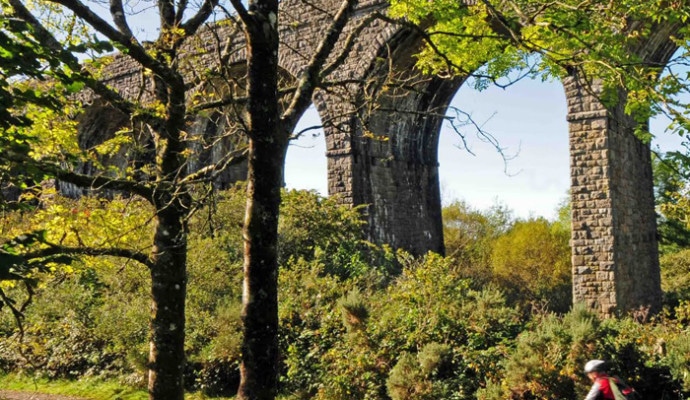Geology in Devon
Devon’s geology has shaped its landscape from the open, windswept high moors of Dartmoor and Exmoor to the rugged coastlines of rocky cliffs and sweeping bays. The underlying geology influences the soils and the plants that grow, and the building materials that local communities have used. The hills, valleys and estuaries have been shaped by the geology and they in turn have shaped the pattern of human settlement we see today.
The uplands are dominated by the granite of Dartmoor and the sandstones, slates and other sedimentary rocks of Exmoor. Both of our National Parks have been strongly influenced by a period of mountain building caused by tectonic plate collision.
In the central belt of the county the Culm Measures of Carboniferous age, laid down between 290 and 354 million years ago. In contrast, limestone can be found along the south coast which dates back to the Devonian Period (417 – 354 million years ago), now supporting species rich grasslands and providing homes for the largest breeding colony of guillemots in southern England. Inland the iconic red soils are caused by the presence of iron oxide, laid down in the arid desert conditions of the Permian and Triassic periods, 290 to 206 million years ago.
A large part of Devon’s landscape and geology are protected through national or international designations. This includes two National Parks, five Areas of Outstanding Natural Beauty, and two World Heritage Sites. The Jurassic Coast is the only natural World Heritage Site in England. Although these protected landscapes are important, all landscapes in Devon have qualities and characteristics that are valued by visitors.






